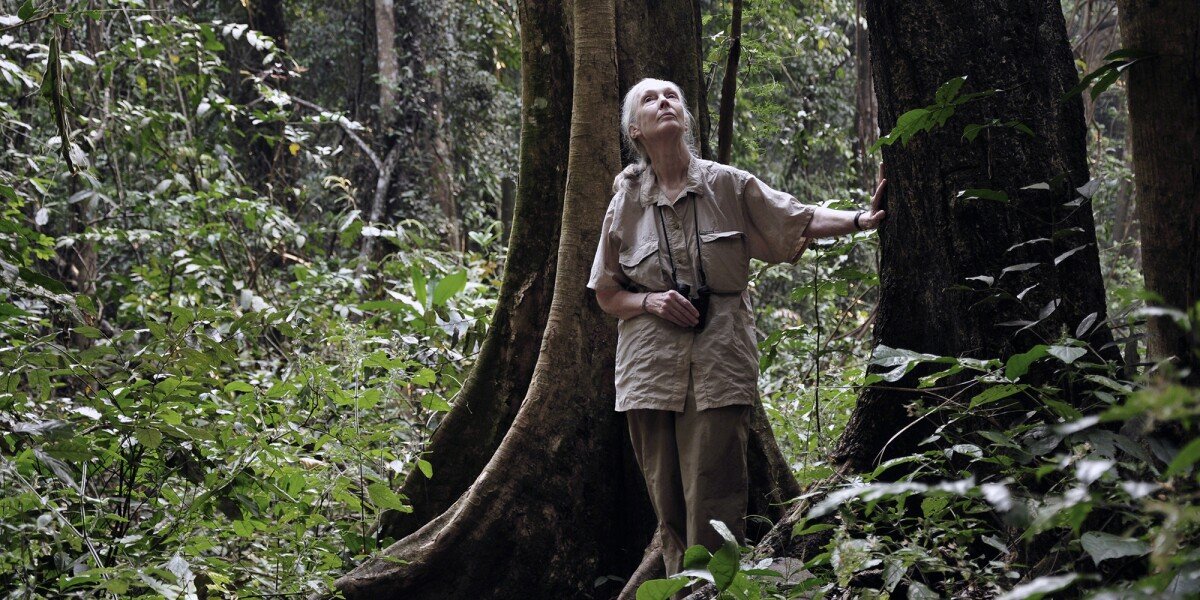Transforming Conservation: AWS Partners with the Jane Goodall Institute
In a significant stride towards enhancing conservation research, AWS has announced a $1 million commitment to aid the Jane Goodall Institute (JGI) in a transformative digital initiative. This collaboration is set to revolutionize the way JGI preserves its rich history of chimpanzee and baboon research, spanning an impressive 65 years. By integrating advanced technology, AWS is not only supporting wildlife research but also pioneering the use of artificial intelligence in conservation efforts.
The Power of AI in Research
At the heart of this initiative is the application of multimodal large language models and embedding models offered through AWS’s platforms, Amazon Bedrock and Amazon SageMaker. These robust technologies enable the analysis of JGI’s extensive archive, which consists of handwritten notes, photographs, and video recordings. By harnessing the power of AI, researchers can unlock insights that were previously buried in vast amounts of unstructured data.
Enhancing the Archive
The archive of the Jane Goodall Institute is a treasure trove of information detailing the behavior and habitat of chimpanzees and baboons. Given the volume and variety of this data, extracting meaningful analytics was a daunting task until now. The incorporation of AI tools promises to make this process faster and more accurate, streamlining research and allowing scientists to focus on critical analysis rather than data sorting.
Thoughtful Prompt Engineering
One of the standout features of this project is its nuanced approach to prompt engineering. This involves crafting specific, effective queries that help the AI understand the context and intent behind the data. By employing thoughtful prompt engineering, AWS ensures that the AI is not just processing data passively but is also engaging with it in a meaningful way. This method enhances the relevance and applicability of the insights generated, making them more beneficial for ongoing research and conservation efforts.
A Commitment to Conservation
Taimur Rashid, managing director of the Generative AI Innovation Center at AWS, highlighted the broader implications of this partnership. “AWS is proud to commit $1 million to support the Jane Goodall Institute’s groundbreaking digital transformation…” he stated. This commitment reflects AWS’s understanding of the vital role technology plays in environmental preservation and biodiversity. The collaboration aims not only to safeguard the valuable information within JGI’s archives but also to inspire new conservation strategies based on AI-driven conclusions.
Bridging Science and Technology
This partnership serves as a remarkable example of how technology can bridge gaps in traditional research methods. By fusing the time-honored work of conservationists with cutting-edge technology, AWS and JGI are setting the stage for a new era in wildlife research. The use of AI opens doors to innovative research methodologies, potentially leading to breakthroughs in understanding animal behavior, habitat preservation, and overall ecosystem health.
Looking Towards the Future
As this transformative project unfolds, the implications for both conservation and technological advancement are profound. The integration of AI not only secures the legacy of Jane Goodall’s groundbreaking work but also sets a precedent for similar initiatives in other environmental and wildlife organizations. With continued investment in such collaborations, the synergy between technology and conservation could redefine the future of biodiversity preservation.
Leveraging artificial intelligence in this way suggests an exciting horizon for how we gather insights about our planet, heralding a future where technology and conservation coexist to protect our environment more effectively. The integration of such advanced analytical tools will likely inspire new research questions, methodologies, and potential solutions to ongoing challenges in wildlife conservation.





